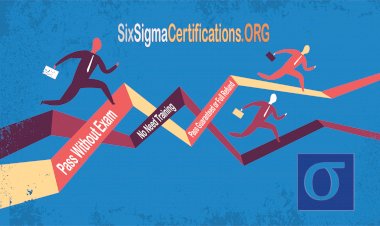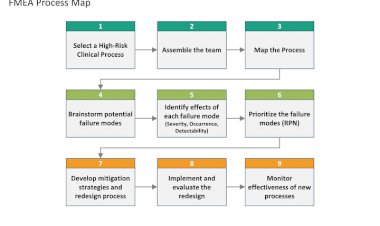How to identify the detection levels in FMEA?
How to identify the detection levels in FMEA?

How to identify the detection levels in FMEA?
Detection in FMEA works on the assumption that the potential failure will be caught or detected before reaching the end customer. The existing detection mechanism for each identified failure mode is also evaluated to know whether the failure can be detected through the existing system/process or not.
Criteria for Giving Detection Ranking
Ratings are given on a scale of 1 to ten, with the failures most likely to be detected getting the lowest ratings and high ratings given to those failures which cannot be detected by the present control methods.
How to identify the detection levels in FMEA?
Below is given the detection rating number wise and their explanations:
• Rating 1 – The failure is certain to be found before it reaches the next level of process or the customer
• Rating 2 – The failure is most likely to be found before reaching the customer
• Rating 3 – The failure is likely to be found before reaching the customer
• Rating 4 – The failure may be detected before reaching the customer
• Rating 5 – There is chance that the failure may not be detected
• Rating 6 – The existing controls may fail to detect the failure before reaching the next customer
• Rating 7 – There is possibility that the failure might escape detection through existing controls
• Rating 8 – There is strong possibility that the failure might escape detection through existing controls
• Rating 9 – There is strong possibility that the current controls may not even register the presence of failure
• Rating 10 – It is absolutely certain that the failure will reach the customer and existing controls will not even register its presence.
Categorization of Detection Ratings
In some organizations, FMEA is done in a separate way where categorical values are given to the Detection levels instead of numerical values to easily identify the nature of the risks or failure modes and the likelihood of their detection before reaching the customer. The categories here defined are entirely different from those present in Severity and Occurrence.
• Very High – This involves Rating 1 and 2 and indicates that existing controls are sufficient to detect the potential failures
• High – This comprises of Ratings 3 and 4 and indicate that existing controls have a strong possibility of catching the failures before they reach the customer
• Moderate – This represents Ratings 5 and 6 and indicate that existing controls might detect the potential failure modes
• Low – This comprises of Ratings 7 and 8 and show that existing controls have a less chance of detecting the failures.
• Very Low – This represents Rating 9 and indicates a strong chance that failures may happen and existing controls may not even register the presence of failures.
• No Chance – This represents Rating 10 which shows that failures are certain to happen and existing controls will not even detect its presence.

 Shishu Pal
Shishu Pal 






























Comments (0)
Facebook Comments